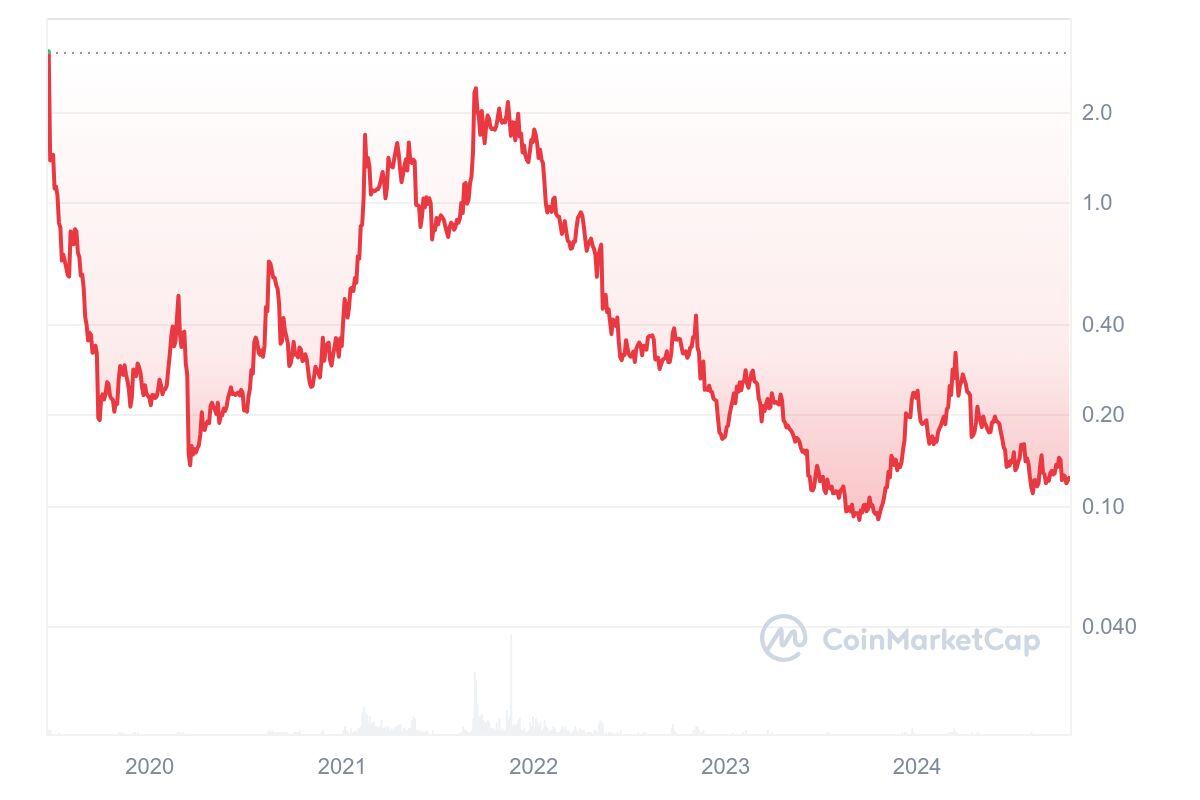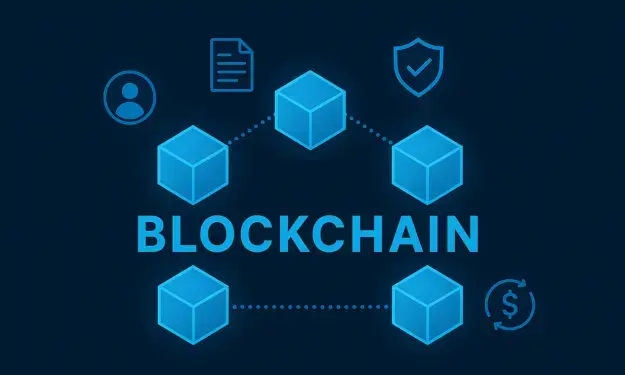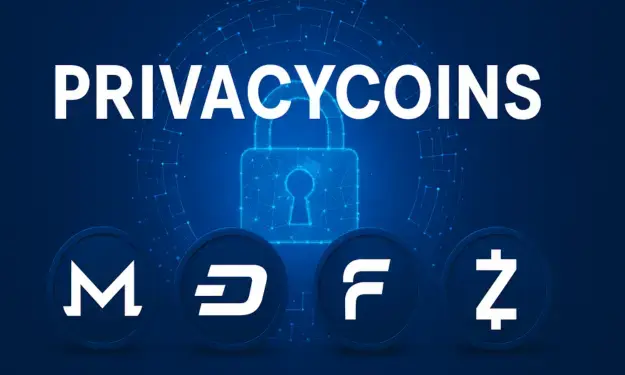Publication date: October 16, 2024
What is Algorand?
Algorand is a cryptocurrency platform designed to address some of the biggest challenges of existing cryptocurrencies, such as transaction speed and scalability. It was founded in 2017 by Silvio Micali, a well-known cryptographer and professor at the Massachusetts Institute of Technology (MIT). Algorand's primary goal is to create a system that is fast, efficient, and secure at the same time. At its core, the platform seeks to integrate traditional financial markets with the emerging world of digital currencies.

One of the key features of Algorand is its focus on speed and efficiency. Indeed, Algorand offers very fast transaction times, making it attractive to both businesses and individuals looking to quickly transfer large amounts of data or money. The cryptocurrency operates without the need for an intermediary, and as a result, transactions are processed more cheaply and quickly than with many other cryptocurrencies. This allows users to conduct transactions almost instantly, which is essential in an increasingly competitive and fast-paced digital economy.
How does Algorand work?
The operation of Algorand is based on a system that works without traditional miners. Instead of relying on energy-intensive processes, as with many other cryptocurrencies, Algorand uses a unique consensus mechanism known as Pure Proof of Stake (PPoS). In this system, token holders can be randomly selected to validate and approve new blocks without requiring intensive computing power. This ensures that the network not only operates quickly and efficiently but also consumes less energy compared to, for example, Bitcoin or Ethereum.
Another notable aspect of Algorand is the way it addresses scalability. Many networks, including Ethereum, struggle to keep their speed and cost consistent as demand increases. Algorand, on the other hand, can process thousands of transactions per second without sacrificing efficiency or cost. This is especially important for companies and institutions looking for a stable platform that can operate at scale.
If we compare Algorand to Ethereum, we see some clear differences. While both platforms are designed to support smart contracts and decentralized applications, Algorand has a big advantage when it comes to speed and cost. Whereas Ethereum is known for its higher transaction costs during periods of congestion, Algorand has low and predictable costs. In addition, Algorand's network does not require intensive power consumption like Ethereum, which still operates with a Proof of Work model (although this is changing with Ethereum 2.0).
Despite this, Ethereum has some advantages over Algorand. For example, Ethereum has a much larger developer community and a broader ecosystem of decentralized applications (dApps). This makes Ethereum more established within the crypto industry and better supported by both developers and companies. Also, Ethereum has a longer history and enjoys broader awareness and trust among investors. This makes it more attractive to projects looking for proven platforms. In addition, despite its higher cost, Ethereum has developed a more robust network of Layer 2 solutions that allow transactions outside the main layer to be processed faster and cheaper. Ethereum has developed this to address scalability issues, which in some cases surpasses Algorand in terms of flexibility and application development.
History of Algorand
Algorand was founded in 2017 by Silvio Micali, a renowned cryptographer and winner of the Turing Award, a prestigious award often considered the "Nobel Prize in Computer Science." Micali's goal was to create a system that would solve the problems of previous blockchain platforms, such as slowness and inefficiency. Algorand's network officially went live in June 2019, and since then it has experienced impressive growth. The project also raised significant funding, demonstrating a high level of confidence in the vision the platform is promoting.
An important milestone in Algorand's history was the launch of the Algorand Mainnet in June 2019. This was an important step for the platform, as it began supporting live transactions and smart contracts from that point forward. Since the launch, there have been several upgrades, making the network even faster and more robust. In the early years, the focus was on attracting developers and companies to build decentralized and other applications on the Algorand network.
In recent years, Algorand has formed several strategic partnerships to strengthen its position within the crypto market. One notable partnership is with Circle, the company behind the stablecoin USDC. This partnership allowed users to perform USDC transactions through the Algorand network, improving not only the speed but also the efficiency of transactions. In addition, Algorand has partnered with major players in the fintech sector, such as SIAE, an Italian copyright association, which increased trust in the network.
What's up with Algorand?
Recent developments around Algorand show that the platform is increasingly being adopted by both businesses and governments. In 2021, the Marshall Islands announced that they would launch their digital currency, the SOV, on the Algorand network. This was a huge step forward for Algorand, as it shows that governments have confidence in the platform to support their financial infrastructure. This kind of adoption by national governments is a strong indication of the robustness and security of the network.
Although Algorand has experienced many positive developments, the platform also faces some challenges. One of the biggest problems is the increasing competition within the industry. Platforms such as Solana and Cardano have offered similar solutions in terms of speed and efficiency, meaning Algorand must constantly innovate to remain relevant. In addition, adoption by the broader market lags behind that of some of the larger players such as Ethereum, posing a challenge for future growth.
Another important development within the Algorand network is the recent upgrade of its smart contract functionality. New features were introduced in 2023 that make it easier for developers to build complex contracts on the network. This update has significantly increased the usability of the platform, especially for companies looking for solutions that are scalable and efficient. This allows Algorand to continue to position itself as an attractive option within the world of blockchain-based applications.
Price development of Algorand
Algorand (ALGO) was launched in 2019 at an introductory price of about $2.40 per token. Since then, the price has never traded above that initial value. This can be attributed in part to the overwhelming competition in the blockchain space, with projects such as Ethereum and Solana attracting more attention from developers.
Important updates, such as the launch of Algorand 2.0, which enabled smart contracts and decentralized applications (dApps), boosted the value somewhat but were not enough to support sustained price increases. Collaborations, including with the Marshall Islands for a national digital currency and with Circle for USDC stablecoin support, increased visibility but had little impact on the price over the long term.
In the past 12 months, ALGO has shown a volatile pattern. In early 2023, it was trading around $0.30, but despite some spikes, the overall trend remained downward, with the price ending around $0.10. This decline was influenced by broader market trends and regulatory uncertainty surrounding crypto, as well as inter-competition in the blockchain sector. Below is the chart of Algorand's share price since launch.


.svg)










